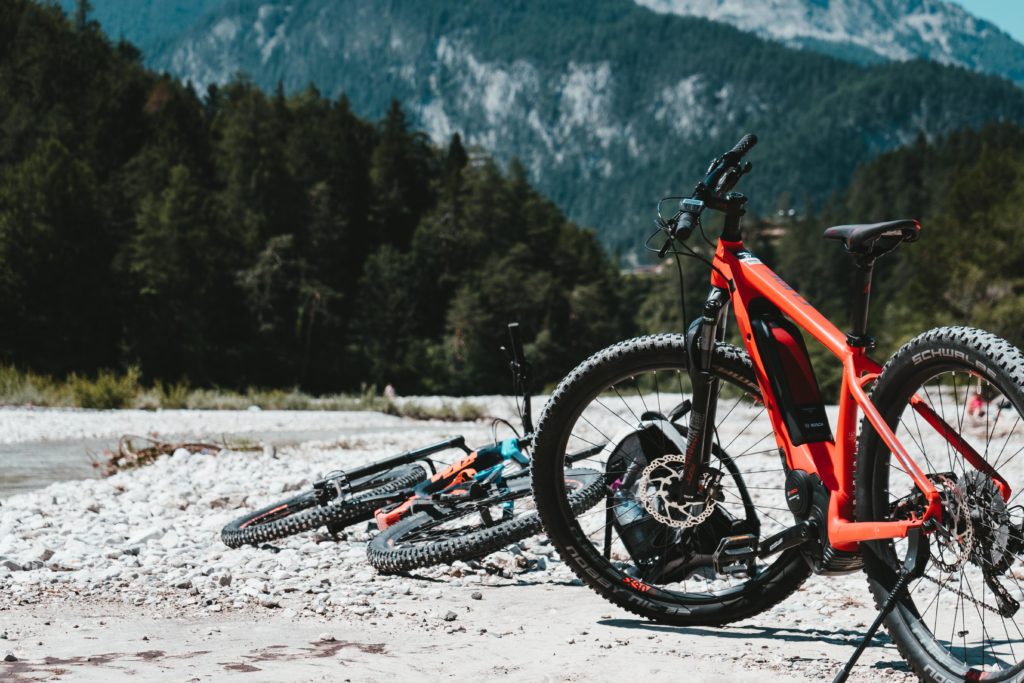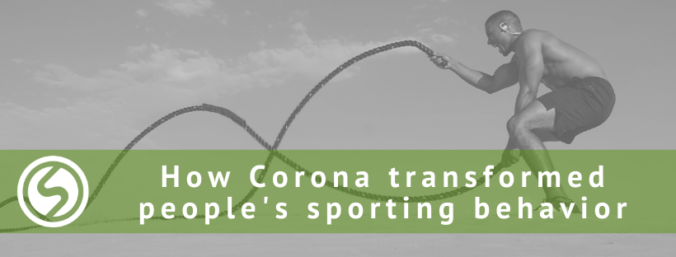Corona affected each one of us in our work as well as in our personal life. Because of closures or complete lockdowns life centred upon people’s home resulting in changing behaviors regarding nearly all areas. One of the most impaired spheres of life is sporting activity. Obviously, there is reason to presume that people generally reduced their exercising time. But there is more to it than meets the eye.
Global trend: less casual activity but more workout activity
The number of daily steps per person reduced by 12% on average in comparison to 2019 according to a recent survey conducted by the GPS technology firm Garmin. However, the amount of steps recorded as a workout via Garmin’s fitness wearables increased by 24%. Hence, the lack of movement in daily life is compensated with actual workouts. Moreover, insights about regional differences were published. In China, Australia, Mexico and south African countries the largest increase is detected in workouts with specific fitness equipment. In contrast, Golf recorded the strongest growth in Norway and Finland same as yoga in India. Central Europe, in particular Austria, Switzerland and Germany, has grown in running, hiking or cycling. A major global trend can be identified with indoor cycling, which depicts the largest increase in the US, Russia, Latin America, Spain, France and Italy for example. The inverse effect can be observed regarding swimming on a global level due to closures of swimming halls as a consequence of Covid-19.

Situation in Germany
According to the survey mentioned above hiking skyrocketed in Germany when compared with 2019. This finding is also supported by a study from OmniQuest in June 2020 with 1,000 German participants. Additionally, jogging and cycling gained popularity since Corona. Besides OmniQuest revealed that every third person is less active, particularly people older than 60 years. However, 17% increased their stint of sporting activities, especially people younger than 30 years. All in all, the percentage of people actively exercising increased from 74% in 2018 to 80% in 2020, although the average amount of time spent on workouts per week decreased by half an hour to 4 hours and 9 minutes. Consequently, there are more people actively involved in sports, nevertheless their workout duration is less. Another interesting fact regarding Germany: on average men exercise almost one hour more per week than women.

People react in three different ways to Covid-19
In cooperation with the Forsa Institute German sport sociologists found that three different groups of people can be distinguished regarding the approach to Corona:
- The inactive: people who neither exercised before Corona nor now
- The dropout: people who exercised before Corona but quit after
- The active: people who exercised before Corona and still do so (eventually even more intensively)
The University of Potsdam confirmed this thesis on an international basis. The ones benefitting most during the pandemic are – no surprise – the actives. A study conveyed by the Columbia University in New York provides evidence that exercising four times a week for approximately 30 minutes can reduce the risk of developing depressions by 35%. Furthermore, those people contain way less negative emotions within themselves than people who exercise less or not at all.
In the end, an immense shift in people’s sporting behavior can be observed since Corona stroke the world. Some sports benefitted from the pandemic others suffered. Nonetheless, sports proved to help overcoming difficult times not only physically but also mentally.

Leave a Reply